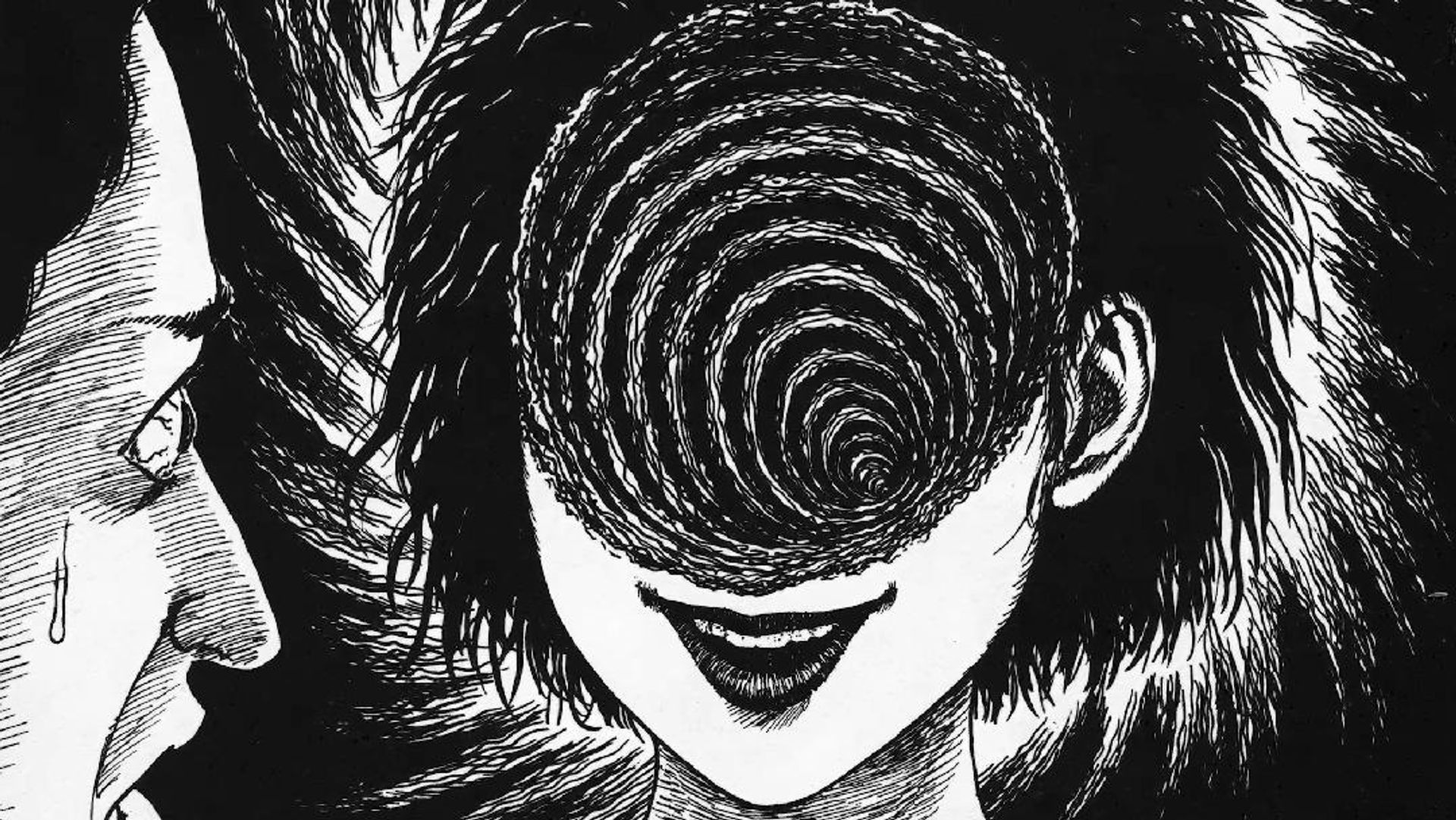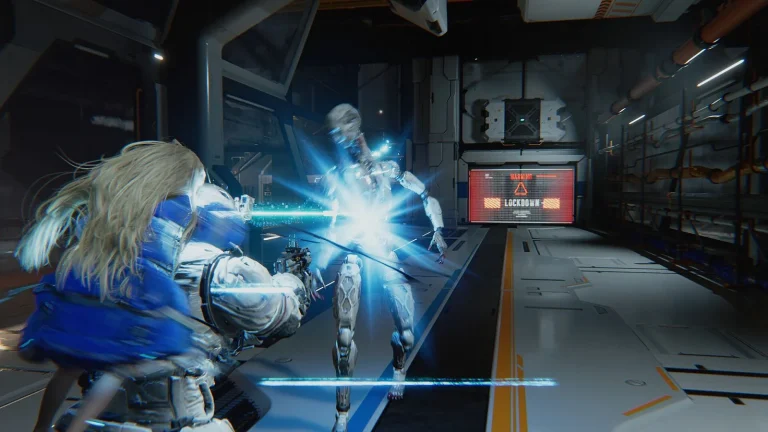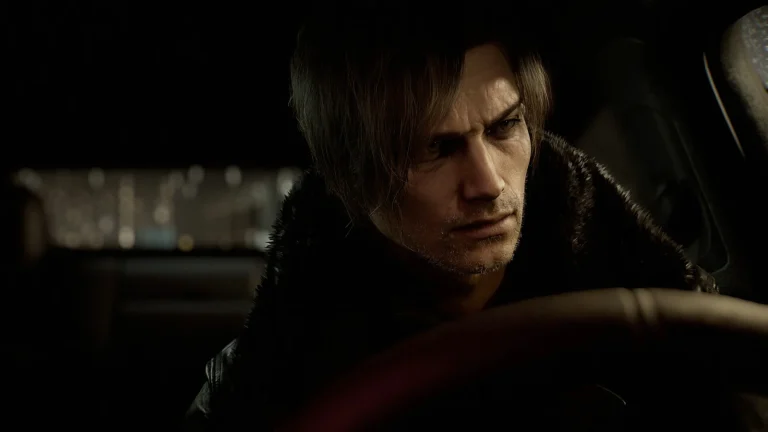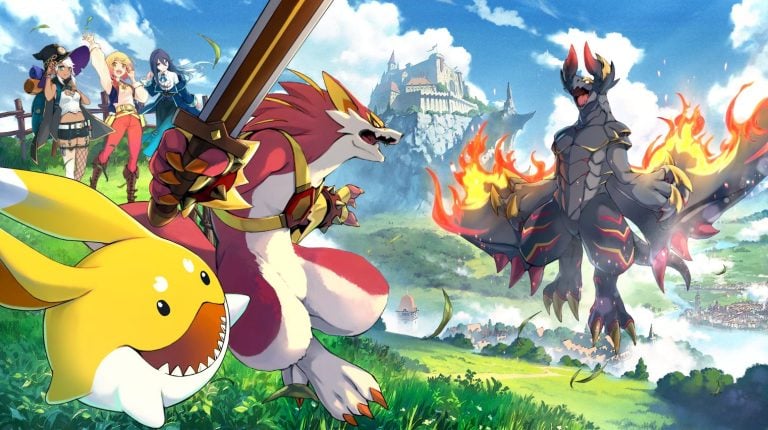WORLD OF HORROR is a roguelite horror RPG inspired by the works of mangaka Junji Ito and H.P. Lovecraft. The full game launched on October 19 for the PC (Mac, Windows), Nintendo Switch, PS4 and PS5. World of Horror was developed by Polish indie game dev panstasz and published by Ysbryd Games and PLAYISM.
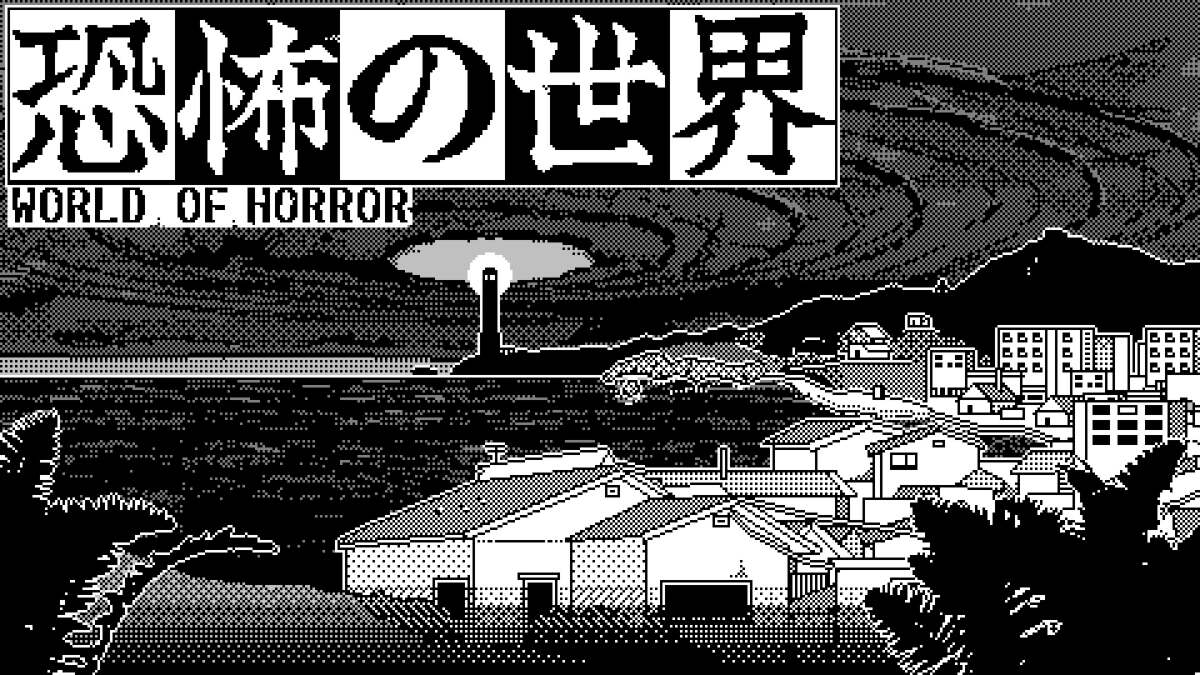
In anticipation of the game’s full release, an interview was organized with its creator panstasz and Junji Ito, whose manga had a great influence on the game’s art, worldview and unique atmosphere. The interview was led by Famitsu and attended by our editorial staff.
In the first section of this interview, panstasz asks Junji Ito everything he wants to know both as a fan and as a fellow creator, discussing artistic influences and the nature of horror. In the following section, the developer goes in-depth about the game itself.
Junji Ito and panstasz – a dialogue between creators
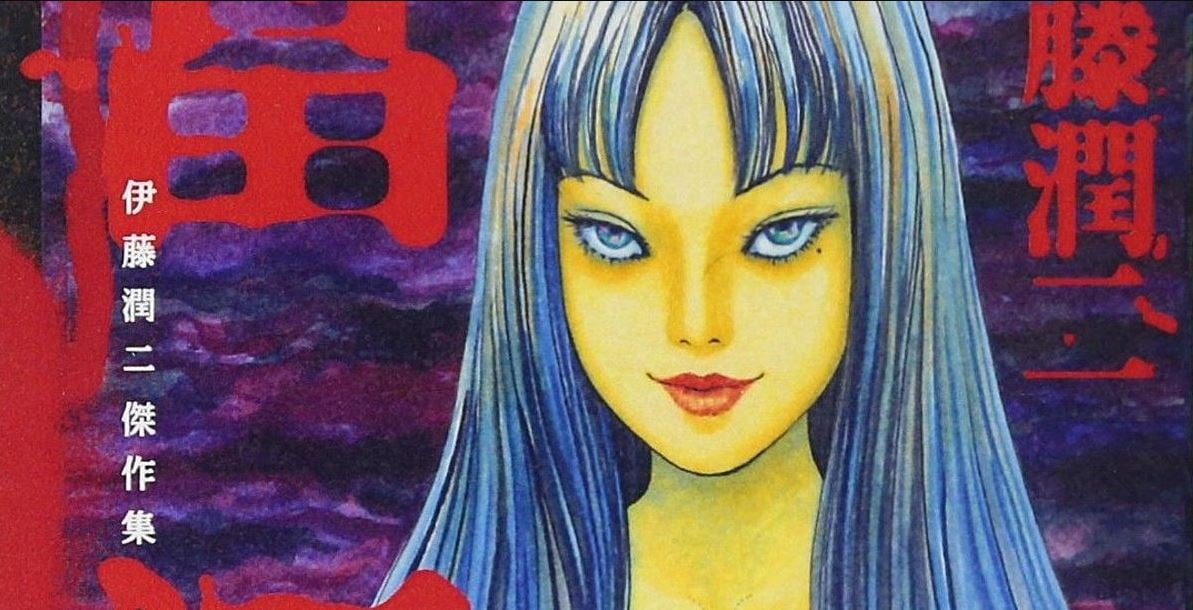
panstasz: Please introduce yourself.
Ito: I write horror manga in Japan. (laughs)
I’ve been a manga artist for 36 years, and I’m 60-years-old this year, so my body is growing quite tired (laughs). My representative work is Uzumaki and since my debut, I’ve published many short stories. I consider short stories to be what I’m best at.
panstasz: I heard you used to be a dental technician. Now, a lot of people make a connection between dentistry and horror. Has your background in dentistry influenced your work as a manga artist in any way?
Ito: In dental school, a part of my curriculum was anatomy, so this is where I learned some basics of anatomy, particularly of the teeth and oral cavity. For my manga, I would buy anatomy books for medical students which included very visceral pictures of muscles and organs and used them as reference for many scenes in my works. Another part of dental school that helped me in my work was learning how to use various shaping and polishing tools. Dental technicians basically use the same set of tools jewelers use, there is a kind of artistry to it. (laughs) But knowing these techniques allowed me to customize the tools I use for drawing manga, such as adjusting penholders to fit my hand exactly.
panstasz: I actually work as a dentist myself, but I’ve taken a break to focus on my game.
Ito: As a dental technician, I would always follow the instructions of the dentists, so I feel like I have to listen to you and bow my head to you (laughs).
Then, how about you, has being a dentist influenced you in your creative work?
panstasz: For me, it was also learning anatomy that influenced my art. Not to mention actual dissections I had performed in school. I feel like my studies also translated into the visuals of the game itself, in the portrayal of bodies, injuries and similar.
Also related to dentistry, the fear of dentists seems to be a rather common one. Is there anything you are afraid of?
Ito: As for dentists, I used to be scared of them as a child, but I got cavities quite often, so the frequent visits made me get used to it. Also, now that there’s anesthesia, it’s much less scary. What I really find scary nowadays is talking before large crowds. I often need to do so at manga-related events and similar, but I’m really quite uncomfortable with it.
panstasz: Talking about attending events, I believe your work often takes you overseas. Do you think that your experience of various foreign cultures is something that could also show up in your work?
Ito: Most of the time when I’m going overseas, it’s usually for a manga festival or event, so my head tends to be full of that. As I mentioned, I’m not fond of large crowds, so I’m always stressing about what I’m going to say and whatnot. Of course, I have enjoyed some free time overseas as well, but it has all been quite recent, and I think my experience of foreign cultures is still not deep enough. However, I do hope that one day it will turn into experience I can incorporate into my work.
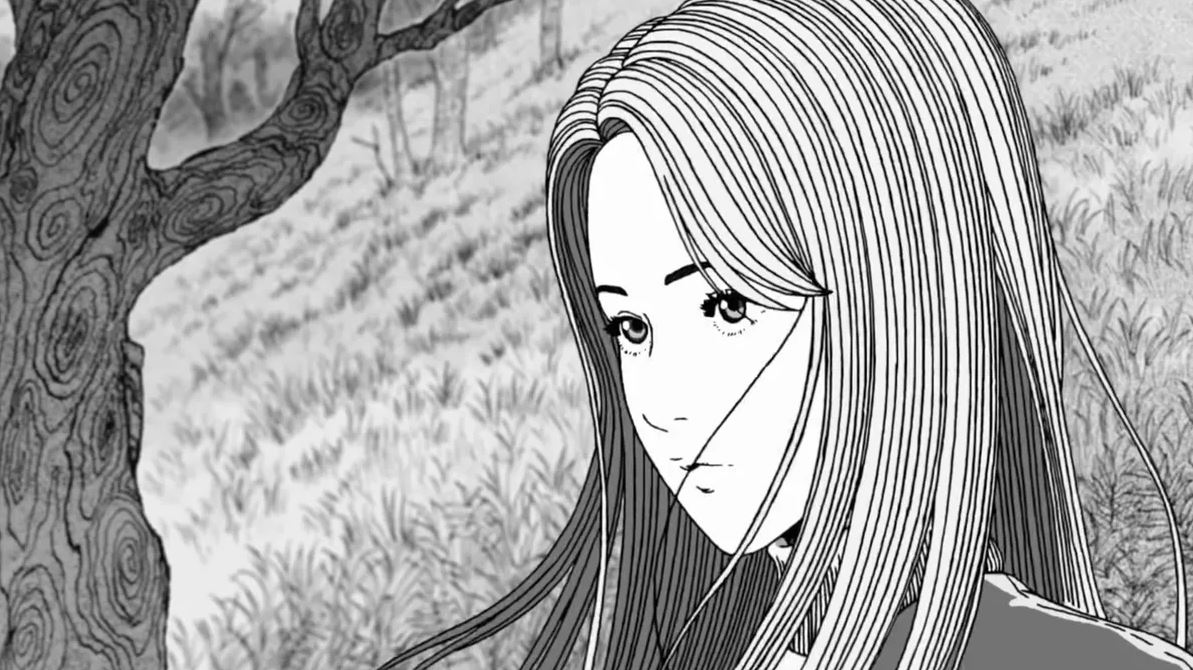
panstasz: Can you tell us about your creative process in developing a new manga?
Ito: In principle, I will have a rough idea at first, which slowly takes shape into a story. For short stories, things are pretty much defined from start to finish at the storyboard stage. For longer works, the story takes its shape as I go, chapter by chapter. However, I do maintain a basic idea of where the conclusion of the story is headed.
panstasz: What draws you to themes such as body horror and the fear of the unknown?
Ito: In traditional Japanese horror, phenomena such as yūrei (jp: 幽霊 – ghost, apparition) are a dominant theme, and yūrei are ethereal, undefined beings, like souls. And while I do like yūrei and Japanese horror, in my own works, I find myself pursuing something closer to Western horror, which features more physical, palpable horrors, such as Dracula or Frankenstein. The idea of horror which is unquestionably real is something that attracts me, which results in the more realistic horror depictions art-wise and real-life horrors such as Tomie being featured in my works.
As for the theme of the fear of the unknown, I was largely inspired by the works of H.P. Lovecraft. The progression in which a fearful unknown entity is gradually unveiled really draws me in.
panstasz: What do you think makes the works of H.P. Lovecraft so compelling and memorable to readers?
Ito: I find the way he builds atmosphere in his works to be engrossing. The descriptions of the places, towns, buildings and various sites the characters encounter are quite masterful, and the series of events in the stories are easy to follow. From what I’ve gathered through reading Japanese translations, I think Lovecraft’s distinct individuality as a writer is what makes his stories linger on one’s mind for a while. The lore he has created, such as the Cthulhu Mythos, has remained relevant in that it has kept inspiring other media throughout the years.
panstasz: Are there any unexplored topics or genres that you plan to pursue in your future works?
Ito: Space horror is a genre I’ve always been captivated by. I have previously written some works in this manner, such as Sensor, but I don’t think I was very successful, so I’d like to challenge the genre again. I’ve also been in talks with my manager about creating a story centered around an akujyo (jp: 悪女 – villainess, evil female character), but in a different manner from Tomie.
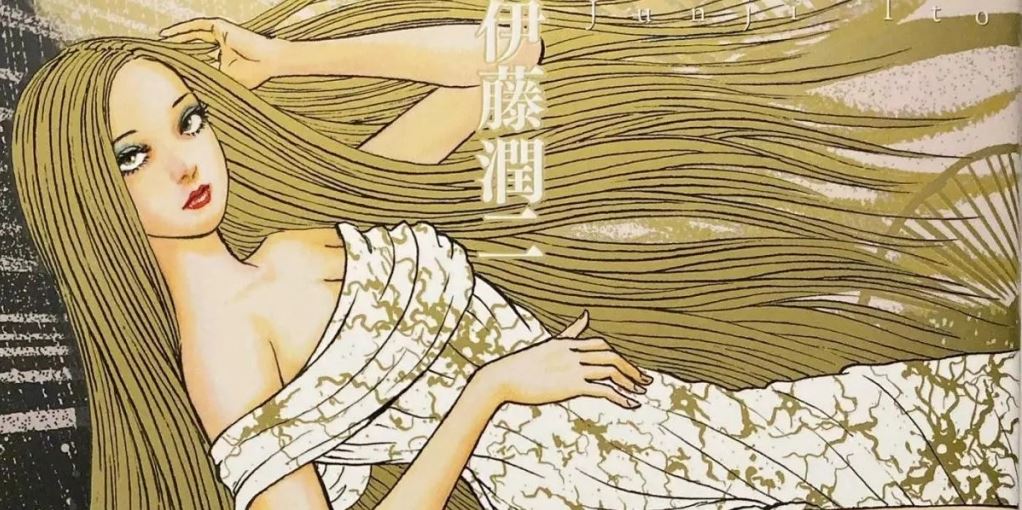
panstasz: How do you feel about live action adaptations being made based on your works?
Ito: I draw manga, but I have actually always been captivated by film and had wished to make my own. But the hurdles have always been quite high for one to make a movie, whilst making manga required only paper and a pen. In this sense, it’s pure joy to see my works adapted into films. With film, the sensibility of the director also gets involved, so it’s always interesting for me to see what kind of world they envisioned.
panstasz: Have you experienced any unexpected moments in live adaptations of your works?
Ito: In manga, I completely control the characters and how they act, but in film, the actors’ individuality gets involved, so there’s always something new to experience in their interpretations of the characters.
panstasz: How do you feel about collaborating with other forms of media yourself?
Ito: As I mentioned, I love filmmaking, so I would gladly be involved in such a project. I actually did do some directing on one occasion, but out of the two days of shooting, I could only participate one day (laughs). I don’t think I was a very good director.
panstasz: Do you feel that the way people experience and respond to fear is changing with the generations?
Ito: I feel that in principle, fear is something that hasn’t changed in particular with the times. Especially from an audience/readership point of view, how people respond to fear is more or less unchanged. On the other hand, I think the way people create horror has changed in that depictions have grown more extreme with the times. For example, I remember watching The Exorcist when it came out. The film was so shockingly visceral and graphic for its time, but since then, I feel that things have been growing more and more graphic, with creators pursuing higher and higher impact value.
Developer interview – how WORLD OF HORROR came to be
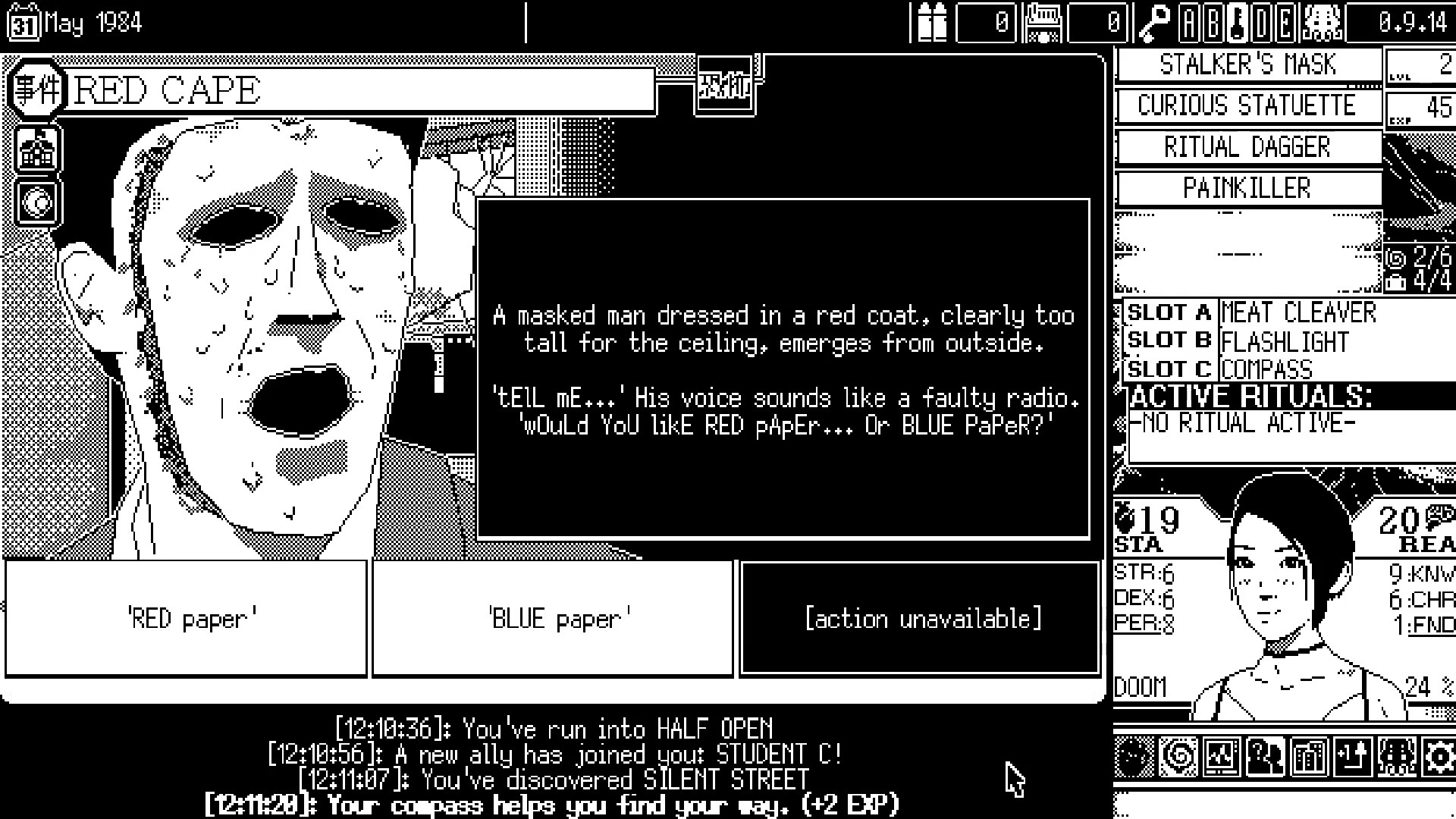
Q: What kind of game is WORLD OF HORROR and how did it come to be?
panstasz: WORLD OF HORROR is a roguelite cosmic horror game, which I created as a love letter to the 80s and 90s horror that I grew up with. At first, it all started out as a collection of small ideas, and the project was initially more of a fanwork based on Uzumaki by Junji Ito. From there on, the project evolved into something bigger.
In fact, I initially started making the game as a board game that uses cards, but creating the cards, testing and reprinting them proved to be extremely time consuming, so I decided that making a PC game would be faster and easier…but I was really wrong about that (laughs).
Q: You worked on development by yourself?
panstasz: Yes, apart from the music, I worked on everything myself. The art was done in MS Paint using a mouse.
Q: The combination of horror and roguelite feels quite rare. What kind of playing experience does this unique combination allow for?
It allows for each run of the game to be slightly different, maintaining a fresh sense of fear and keeping players on their toes. The randomized endings provide a source of surprise.
Q: (To Junji Ito) You had the opportunity to try out WORLD OF HORROR just earlier, what was your impression of the game? Were you able to spot your own influence somewhere?
Ito: There’s a lot of Japanese looking scenery, as well as elements of Japanese kaidan (jp: 怪談 – ghost stories). It all looks like it took a lot of time and research. There’s a strong sense of the fear of the unknown – like when you don’t know what’s beyond a door, but you can feel that there’s definitely something there. It’s quite scary.
I actually saw some screenshots from the game on social media some time back, and I remember noticing the black and white, manga-like feel to it, some familiar resources and similar.
Q: (To panstasz) You’ve mentioned Uzumaki being a strong influence on you and the game, are there any other titles or scenes by Junji Ito that had a particular impact on you?
panstasz: Uzumaki was definitely an important influence, but “The Thing that Drifted Ashore” influenced me greatly as well. It’s not scary in the traditional sense, but it likewise deals with the fear of the unknown and has a distinct Lovecraftian feel to it.
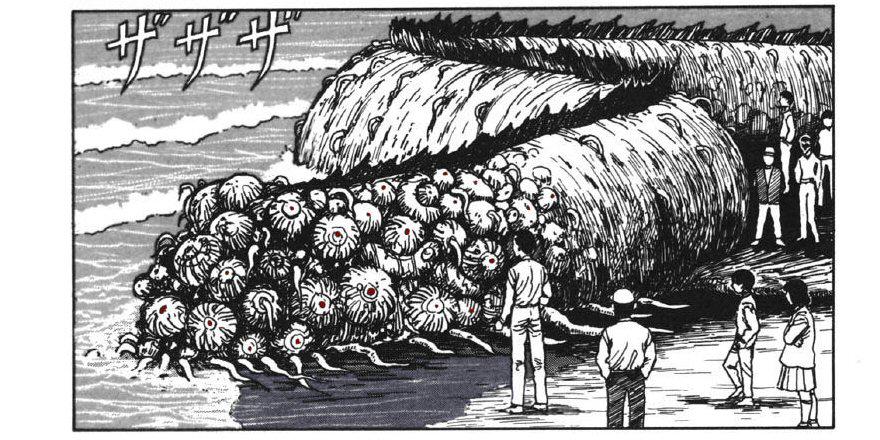
──The works of Ito Junji are quite famous for their shocking visuals. Have you included any direct homages to any of them in your game?
panstasz: One thing I tried to emulate was the effect of turning over a page only for a big, shocking image to reveal itself, kind of like a jumpscare. In comics, it’s turning the page, but in the game, it’s moving onto the next screen.
──Are there any other forms of media that heavily influenced the game?
panstasz: I tried to incorporate a bit of everything that I love, but if I were to name a significant source of inspiration, it would be giallo – an Italian genre of suspense slasher films. There films are distinguished by their very shocking visuals and the element of an unknown killer.
──What thoughts went into the decision to make the game set in a small Japanese town?
panstasz: I wanted to create a feeling of a small town that is disconnected from the world, existing in its own bubble. The people who live there are likewise disconnected from others, and the town ceases to be a simple Japanese town, turning into a playground for evil forces which manipulate and toy with the lives of people.
──Is there anything you would like to tell fans and those anticipating the game?
panstasz: I’m really excited to finally be able to present the game to Japanese audiences as well, and I hope you enjoy it.
Ito: I’ve seen a lot of interest for the game on social media, and I could feel a unique atmosphere to it as well. I think it’s a game packed with interesting ideas and something many players will be able to enjoy.
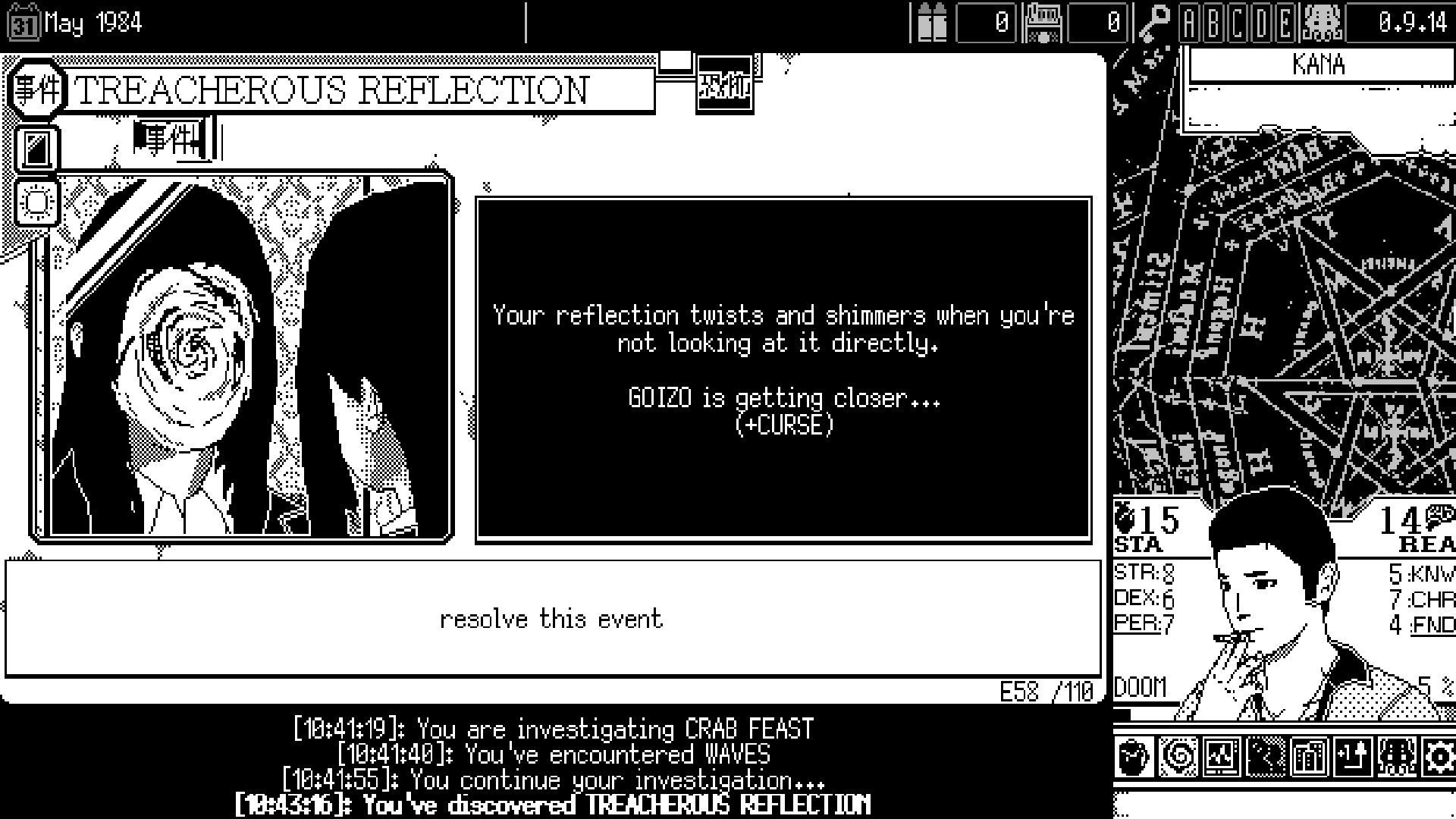
WORLD OF HORROR is currently available for the PC (Steam)/ Nintendo Switch/PS4/PS5.

